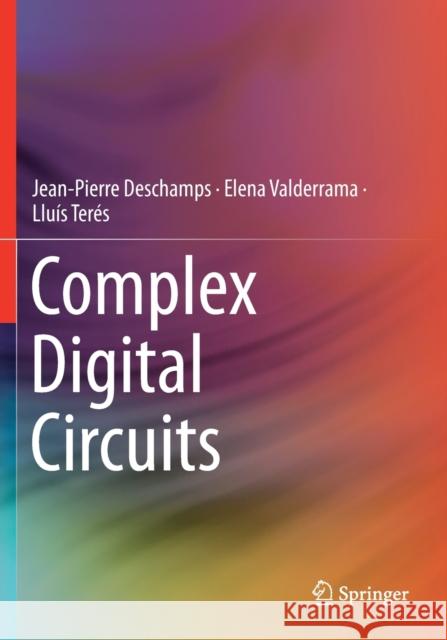Complex Digital Circuits » książka
topmenu
Complex Digital Circuits
ISBN-13: 9783030126551 / Angielski / Miękka / 2020 / 173 str.
Complex Digital Circuits
ISBN-13: 9783030126551 / Angielski / Miękka / 2020 / 173 str.
cena 200,77
(netto: 191,21 VAT: 5%)
Najniższa cena z 30 dni: 192,74
(netto: 191,21 VAT: 5%)
Najniższa cena z 30 dni: 192,74
Termin realizacji zamówienia:
ok. 22 dni roboczych.
ok. 22 dni roboczych.
Darmowa dostawa!
Kategorie:
Kategorie BISAC:
Wydawca:
Springer
Język:
Angielski
ISBN-13:
9783030126551
Rok wydania:
2020
Wydanie:
2019
Ilość stron:
173
Waga:
0.34 kg
Wymiary:
25.4 x 17.78 x 1.04
Oprawa:
Miękka
Wolumenów:
01
Dodatkowe informacje:
Wydanie ilustrowane











